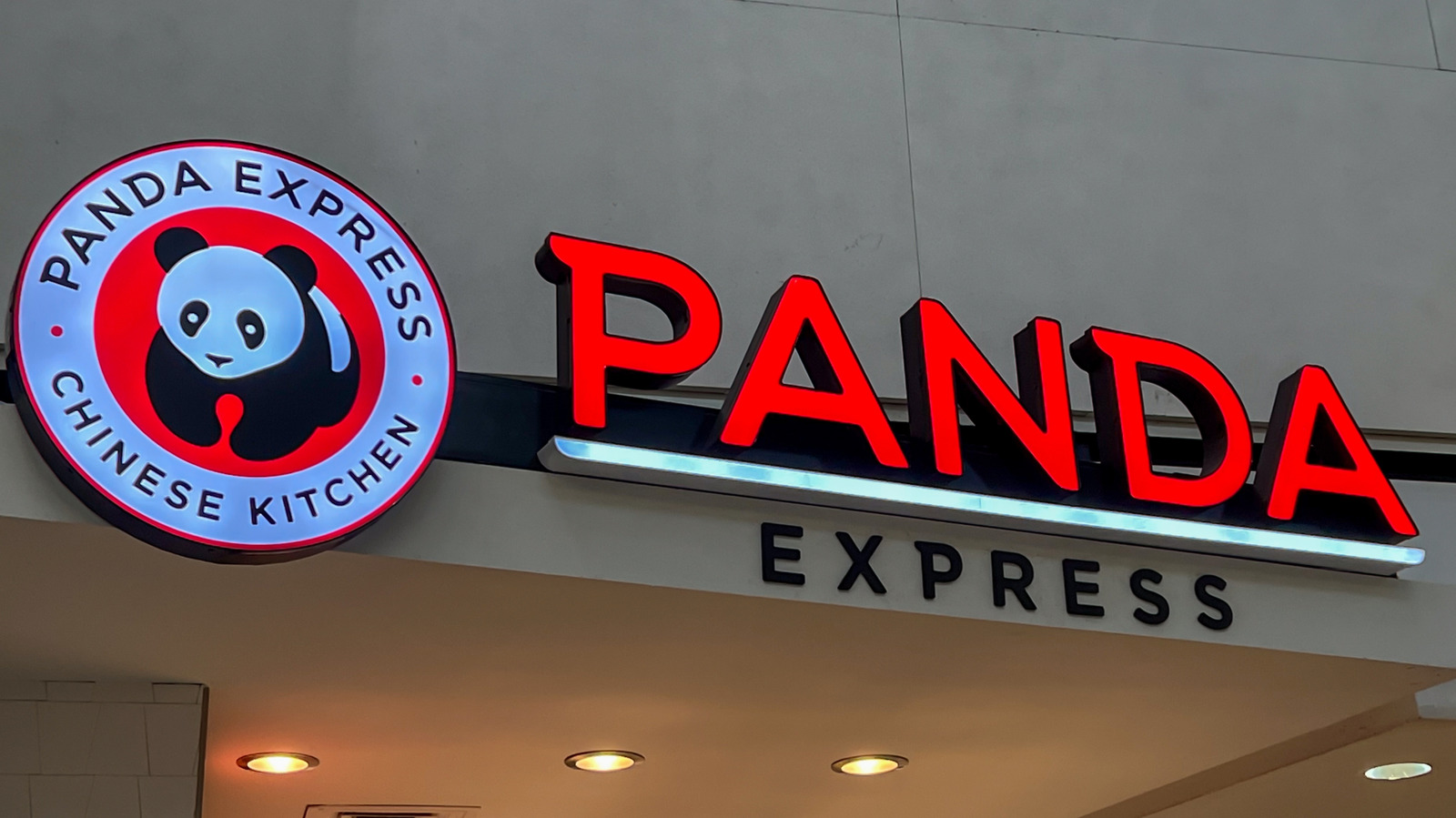
"If you're ever craving cheap Chinese food on the go, Panda Express is probably your go-to choice. It's available in almost every U.S. state, and while it might not be authentic Chinese food and is rather American Chinese, it's a great choice when you've really got a hankering for some orange chicken but aren't close to your favorite local Chinese joint."
"In a single 11-ounce serving of either fried rice or chow mein, there is 1,000 milligrams of sodium. Considering the American Heart Association states that 1,500 milligrams is the optimal amount for an adult, this makes up a large portion of your daily allotment of sodium. While there's nothing wrong with having a high-sodium meal from time to time, it's important to be aware of this, as eating too much sodium without realizing it can be particularly dangerous for people with heart issues."
"The fried rice also contains 140 milligrams of cholesterol, a pretty high number considering former dietary guidelines recommended no more than 300 milligrams a day. Again, while there's nothing wrong with enjoying meals with these kinds of nutritional values, they might be Panda Express dishes to avoid if you're working on limiting sodium or cholesterol. If you're on a low-sodium diet but love rice, fear not."
Panda Express is widely available across the United States and serves American Chinese menu items that are popular for dishes like orange chicken. Chow mein and fried rice each contain 1,000 milligrams of sodium per 11-ounce serving, which is a large portion of the American Heart Association's 1,500 mg optimal daily guideline. Fried rice also contains 140 milligrams of cholesterol, notable relative to prior 300 mg cholesterol recommendations. High sodium and cholesterol can pose risks for people with heart issues. White steamed rice (11 ounces) contains zero sodium and serves as a lower-sodium alternative.
Read at Tasting Table
Unable to calculate read time
Collection
[
|
...
]